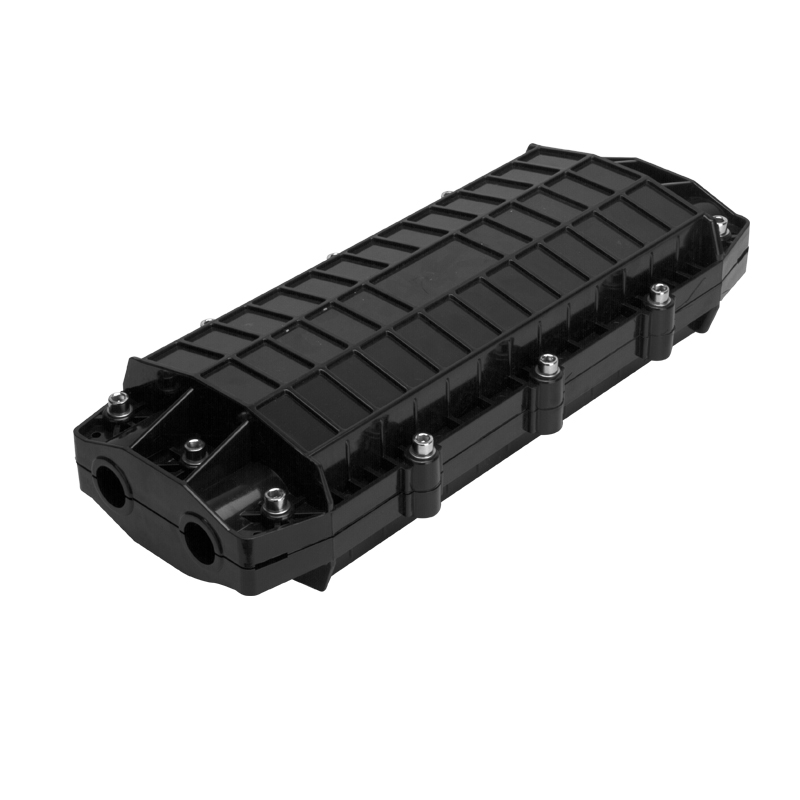- Sales SupportContact Sales
- Call us at: +(86) 15211074652
- Send us a email at: info@zr-fibercable.com
Advantages of Optical Cable Connection Boxes
What is a fiber optic splice box?
Fiber optic splice closures are commonly used to secure and protect fiber optic connectors. There are two main types of fiber optic connectors: one is fusion splicing and the other is mechanical splicing. Fiber splicing trays for fusion splicing and mechanical splicing are different. For different optical fiber connections, it is recommended to use a dedicated fiber optic cable connection box. Another important factor in choosing a splice closure is the number of fibers it can accommodate. Most fiber splice trays hold up to 24 fiber splices. The 12-core fiber optic fusion splice box is the most commonly used in fiber optic networks.
Where is the fiber optic fusion splice box used?
In most applications, data center-specific cable gland housings alone are insufficient to reliably protect fiber optic splices, so they are often used in conjunction with other components to protect the fiber. Due to its low space requirements and high compatibility, fiber splice closures are often used as accessories for other equipment.

Fiber optic splice closures in fiber optic splice closures
Fiber optic splice closures are widely used components in today's fiber optic networks and are suitable for outdoor applications and harsh environments. It usually contains one or more fiber optic splice closures, which provide installation space and protection for fiber optic splices. Cable splice closures for different fiber splice closures can have different designs and fiber counts.
The data center dedicated optical fiber splice closure is a simple and easy-to-use component that provides space and protection for optical fiber splicing through fusion splicing or mechanical splicing.
You might be interested in
We use cookies to ensure that we give you the best experience on our website. By clicking on "Accept" or continuing to use this site, you agree to our use of cookies in accordance with our Cookie Policy .You can refuse the use of cookies here.
Accept

